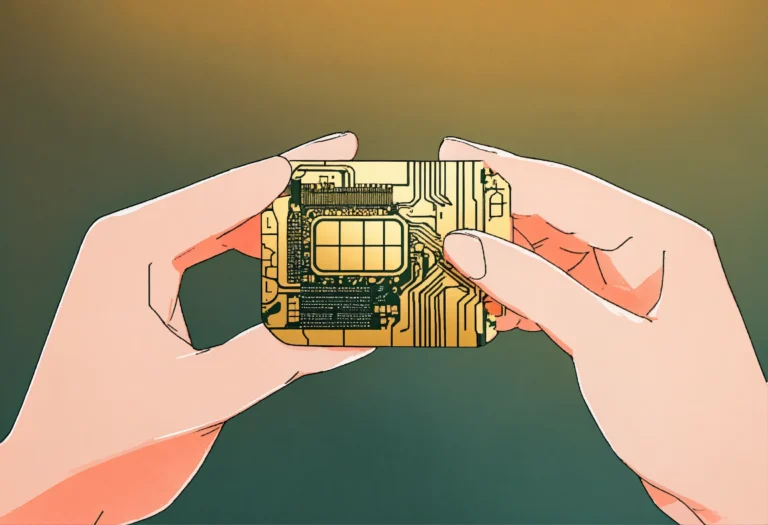You may have noticed how technology is transforming various aspects of our lives, including security and access control. With RFID (Radio Frequency Identification) systems, organizations like yours can improve security while streamlining access processes. RFID is not just a buzzword; it’s a powerful tool that can make a significant impact on how you manage safety and control entry points in various settings.
At its core, RFID technology involves using radio waves to identify and track objects. An RFID system consists of a small tag attached to an object, a reader that emits radio waves, and software to process the data. When the tag passes within range of the reader, it sends back information, allowing for easy identification. You can leverage this technology for various applications such as employee access, inventory management, and asset tracking.
One of the most significant benefits of implementing RFID in your security systems is that it enhances access control. Traditional access methods, like keycards or passcodes, have limitations. Keys can be lost, and codes can be forgotten or shared. RFID tags, however, can be assigned individually to employees, granting or restricting access based on specific requirements. This offers you both flexibility and security.
Imagine streamlining the check-in process at your facility. With RFID, you can allow individuals to simply walk past a reader to gain access, minimizing delays and increasing efficiency. This is especially beneficial in high-traffic environments, where long lines can be a concern. You enhance not only the user experience but also the flow of operations within your organization.
RFID also allows for more effective monitoring of who is entering your premises. With the capability to log every entry and exit, you gain comprehensive data on employee movements. This information can be vital in emergency situations, helping you quickly ascertain who is present and where they are located. It also aids in compliance with security regulations, as you can easily demonstrate that access is controlled and monitored.
Moreover, RFID systems can integrate with other security technologies, such as surveillance cameras and alarm systems. This layered approach ensures that your security measures are more robust. You can receive real-time alerts regarding unauthorized access attempts, allowing you to take immediate action. This interconnectedness provides a more comprehensive security strategy tailored to your organization’s needs.
Another aspect to consider is the cost-effectiveness of RFID solutions. While the initial investment might be significant, the long-term benefits can outweigh the costs. By reducing losses from theft and streamlining operations, you can save money over time. Additionally, RFID systems can be easily updated or expanded to adapt to changing security requirements.
In summarization, RFID technology plays an important role in enhancing security and access control within your organization. By adopting RFID systems, you can improve operational efficiency, ensure more effective monitoring, and have a scalable solution that evolves with your needs. The integration of RFID not only safeguards your personnel and assets but also paves the way for a more organized and secure future.




